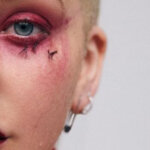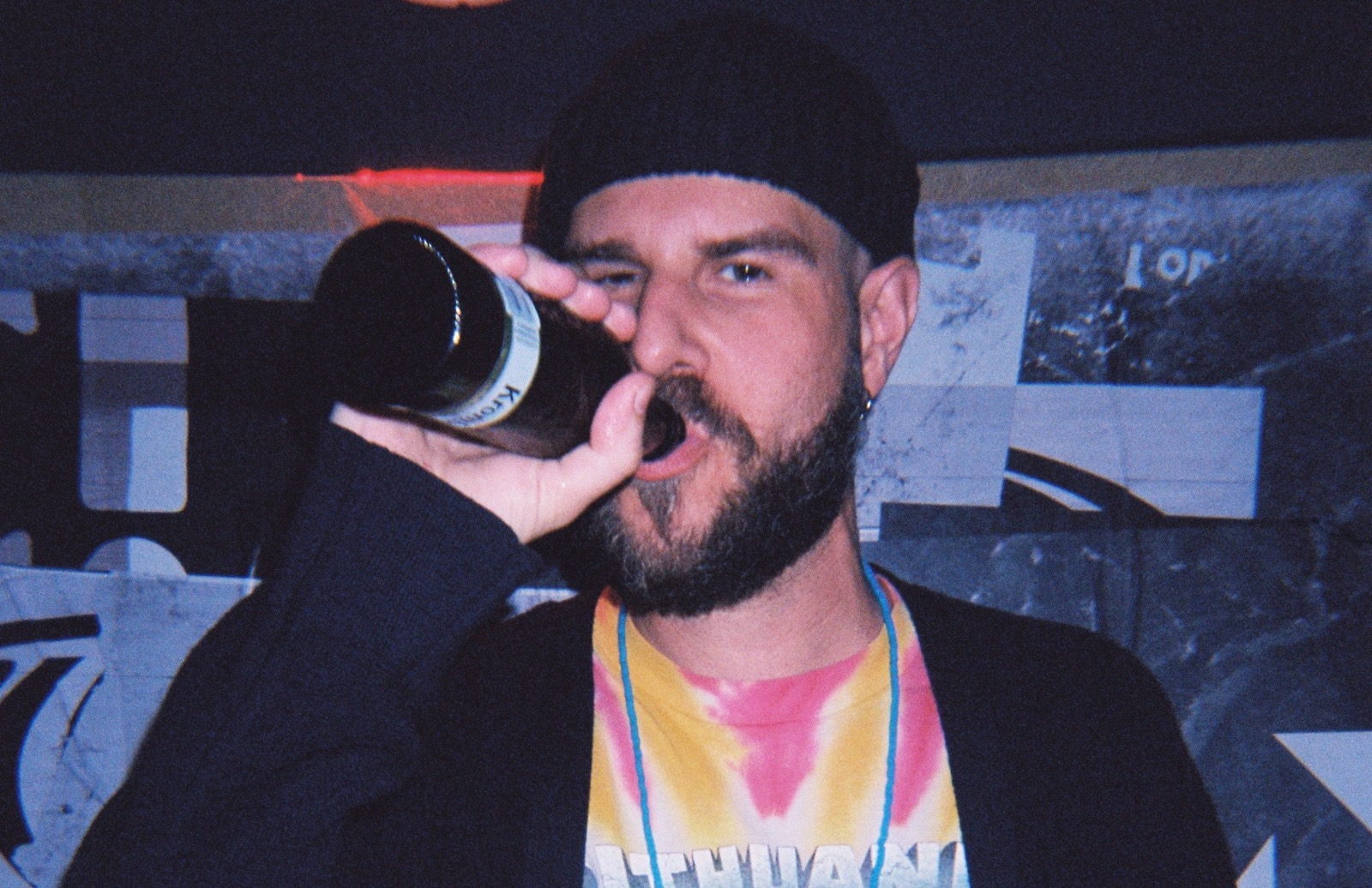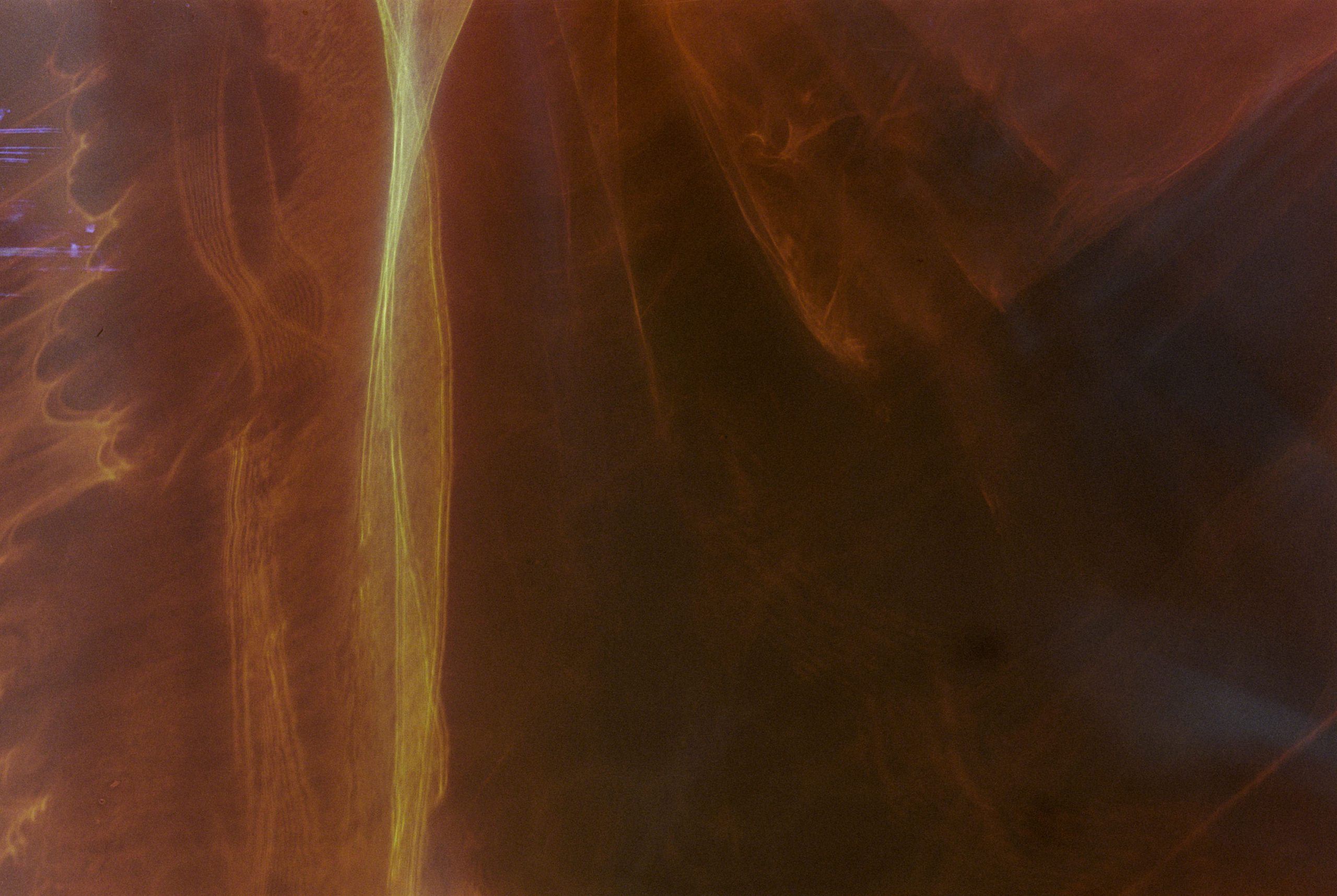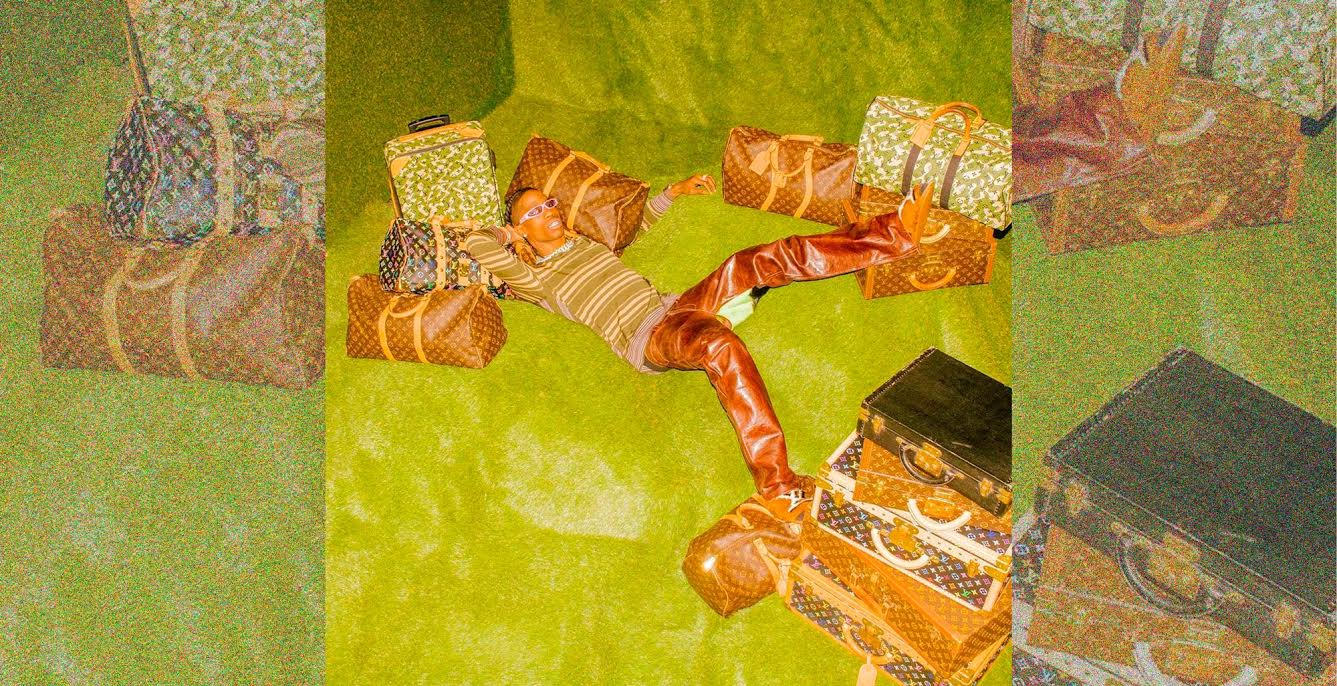In recent years, we’ve moved beyond the Instagram-fueled obsession with filters and fillers. Cosmetic surgeons now speak of an unsettling new trend—the “Undetectable Era”—where treatments are designed to reverse aging in such a subtle way that the enhancements are nearly impossible to notice. This shift marks a significant departure from the once-popular, homogenous “Instagram face,” dominated by exaggerated features and heavily filtered selfies. Instead, the undetectable era is about perfecting the face with natural, seamless results—available, of course, to those who can afford it.
A video of Christina Aguilera has repeatedly popped up on my TikTok feed recently, and it’s easy to see why it’s gone viral. Performing in Osaka in an anime-inspired monochrome look, with high-pinned hair and flawless diamanté-encrusted makeup, Aguilera doesn’t just look “good” for 43—she looks 20 years younger. As one commenter said, “Wait, am I back in 2002?”
@xtina 日本のみんなに会えなくて寂しかった 🇯🇵🤍
♬ BoSS RuN DeM Feat. AKANE & Awich – KOJOE
The Rise of Stealth Cosmetics
Cosmetic procedures are booming, and what’s noteworthy is the demographic shift. Increasingly younger people are seeking age-preventative treatments, spurred by a desire to freeze time before the first wrinkles appear. As technology advances, these treatments have evolved to become nearly invisible, promising a rejuvenated look that doesn’t fall prey to the overdone aesthetics of previous trends.
While many celebrate the ability to age gracefully, or not at all, others are growing concerned about the implications of this movement. What does it mean for our collective perception of beauty and aging? Will this undetectable enhancement create even more pressure to look perpetually youthful? And how will this affect societal views on aging gracefully?
Beauty’s Dark Reflection: Body Horror’s Cultural Moment
As stealth cosmetics rise in popularity, a new wave of cultural works is pushing back. Films, fashion shows, and runway moments are embracing body horror, using this genre to explore our anxieties about the commodification of self and body control.
One of the most highly anticipated films, The Substance, leans into the genre of body horror—made famous by David Cronenberg—using gore and shocking visuals to critique our obsession with youth and bodily perfection. The film explores the intersection of ageism, bodily control, and the terrifying consequences of trying to defy the natural aging process. Similarly, experimental fashion shows like Rohan Mirsa’s Nuketown take this critique further. In a visceral display, models donned prosthetics that represented decaying bodies, reflecting how digital images and societal pressures distort our relationships with aging.
Even within the beauty industry itself, subversive statements are being made. Campaigns featuring fake time burns and runway shows for Spring/Summer 2025 are embracing visual elements that evoke decay and deterioration, a sharp contrast to the undetectable perfection now sought by many. These provocative beauty moments speak to a growing frustration with the beauty ideals of our time and offer a way to explore themes of bodily transformation, control, and destruction.
The Cronenbergian Influence: The Art of Transformation
Body horror’s resurgence in popular culture serves as a striking contrast to the rise of stealth cosmetics. Where the undetectable era conceals signs of aging, body horror amplifies and distorts the human form, forcing us to confront our anxieties about impermanence and bodily autonomy. The genre’s growing influence is sparking conversations about the commodification of beauty and the lengths to which people will go to control their appearance.
In an age where cosmetic procedures are becoming increasingly common, and “natural” results are highly coveted, body horror provides a necessary counterbalance. It reminds us that there is something deeply unsettling about the manipulation of our bodies for the sake of beauty. And while stealth cosmetic procedures may help some people feel more confident or youthful, the rise of body horror in fashion and film suggests that not everyone is comfortable with this new era of undetectable perfection.
The Future of Beauty and Body Horror
As we move deeper into the undetectable era, with cosmetic procedures that promise seamless, ageless results, it’s clear that this trend is not without its critics. While many celebrate the ability to rejuvenate naturally, others are turning to body horror to express their discomfort with the commodification of beauty and the growing pressure to look perfect.
Whether through the surreal, decaying imagery in fashion or the visceral, gory scenes in film, body horror is making a bold statement: our obsession with controlling the body and defying age may have darker consequences than we realize. As beauty ideals continue to evolve, the tension between stealth cosmetics and body horror will shape the future of how we view—and alter—our bodies.




























